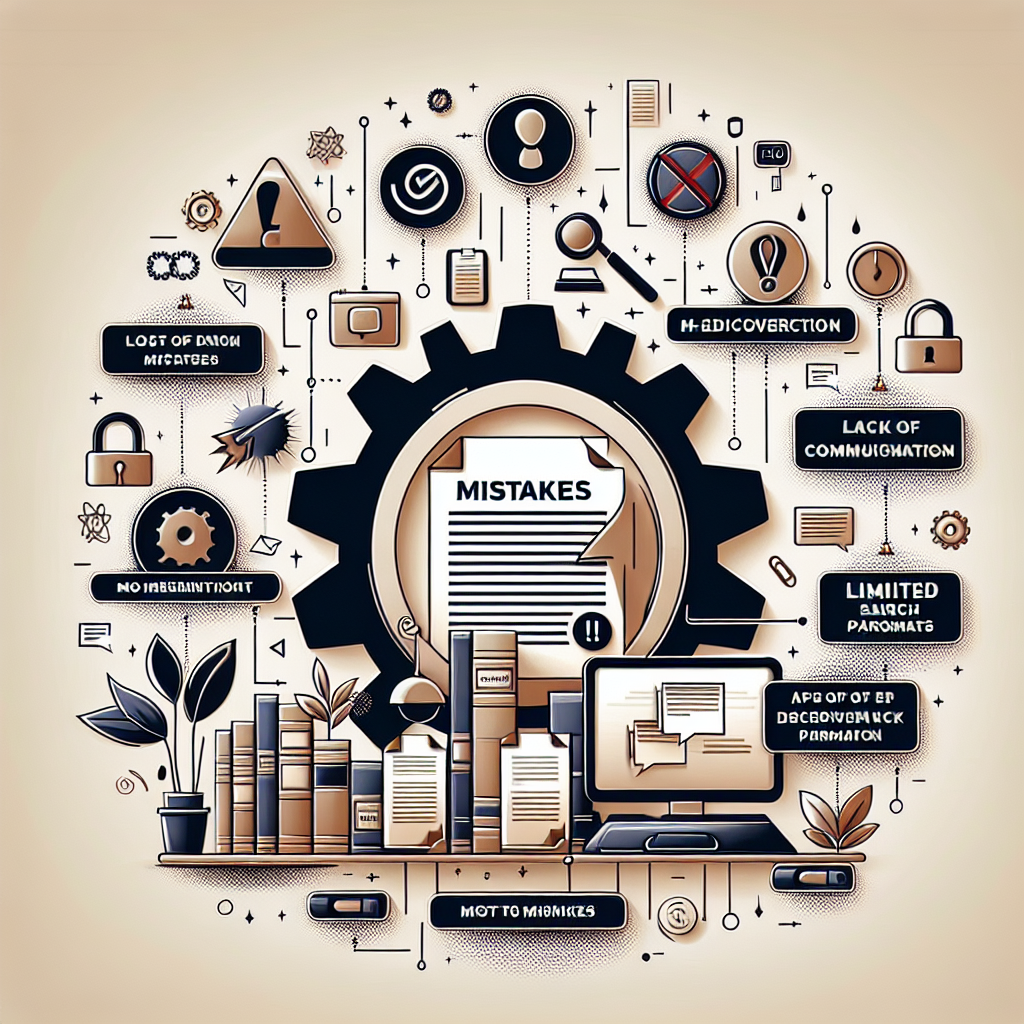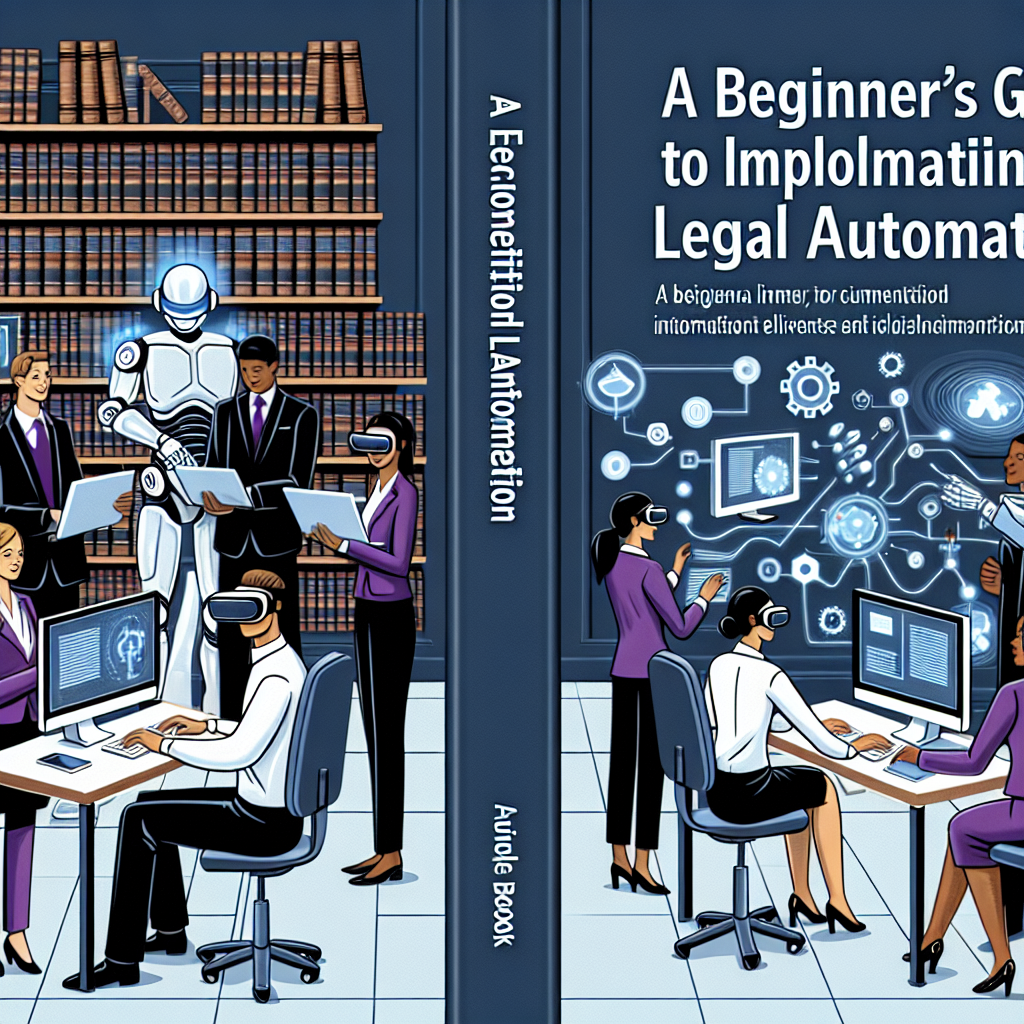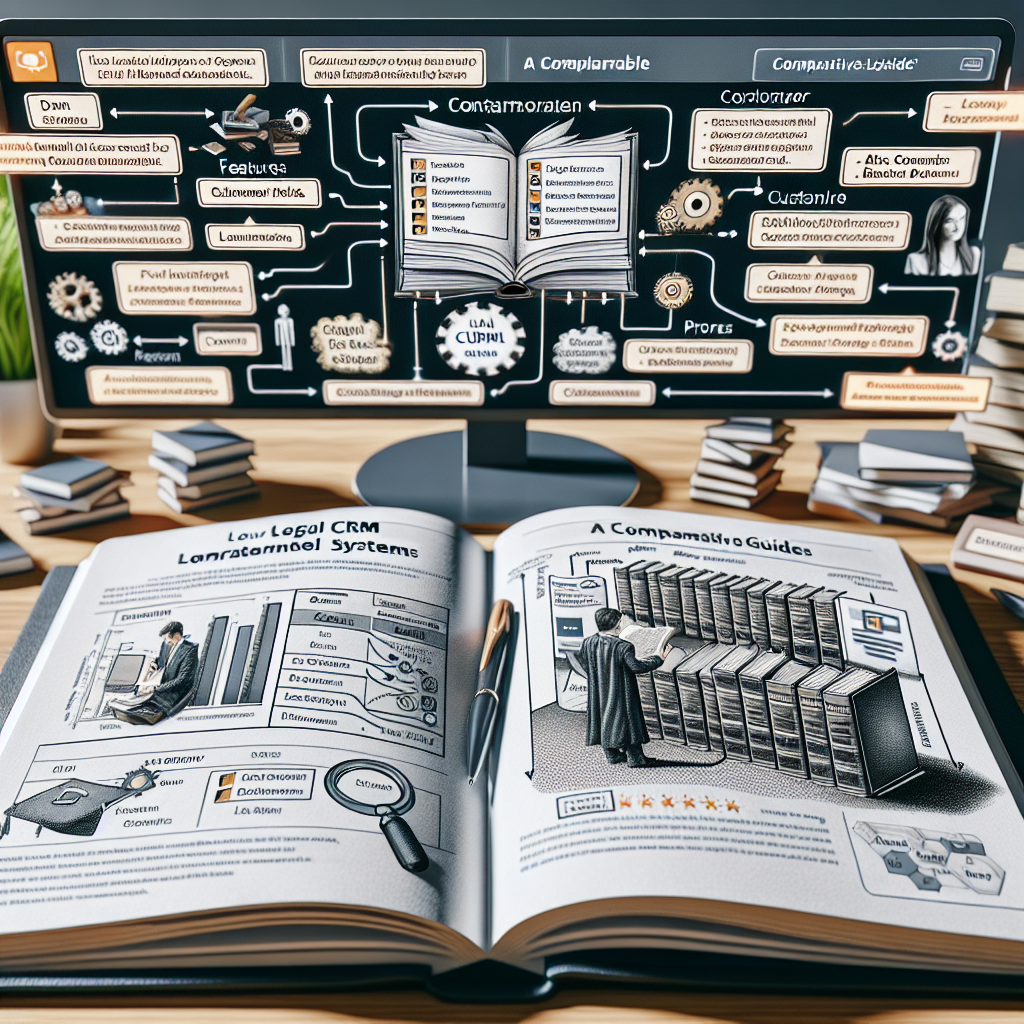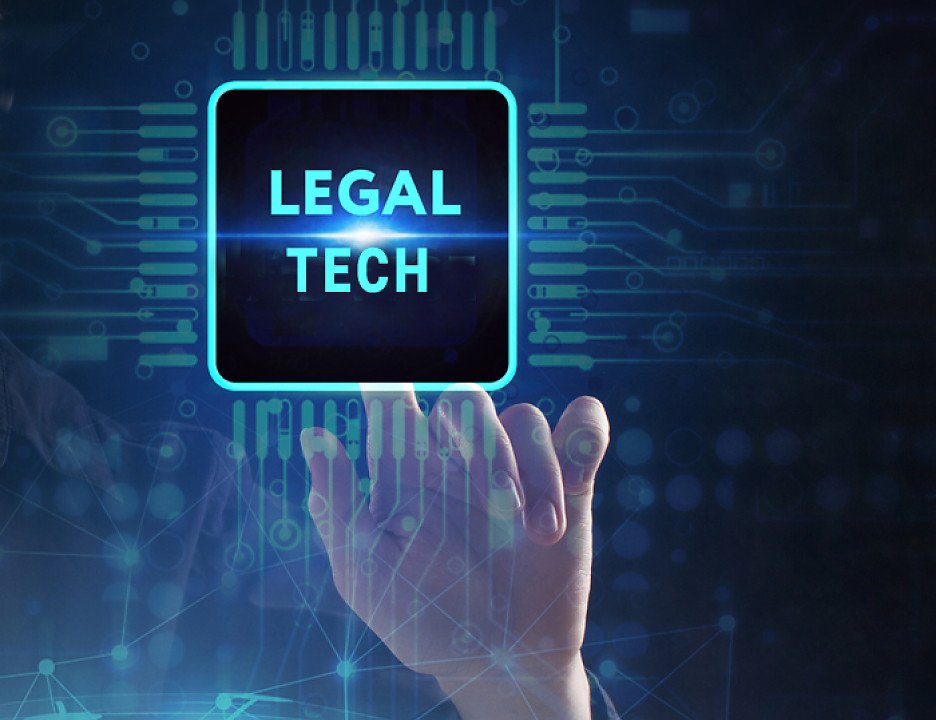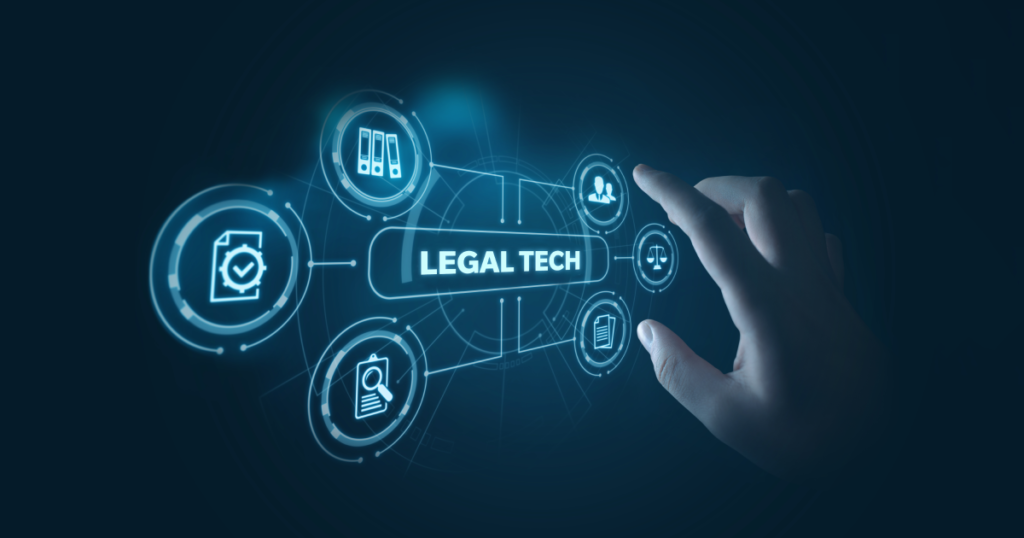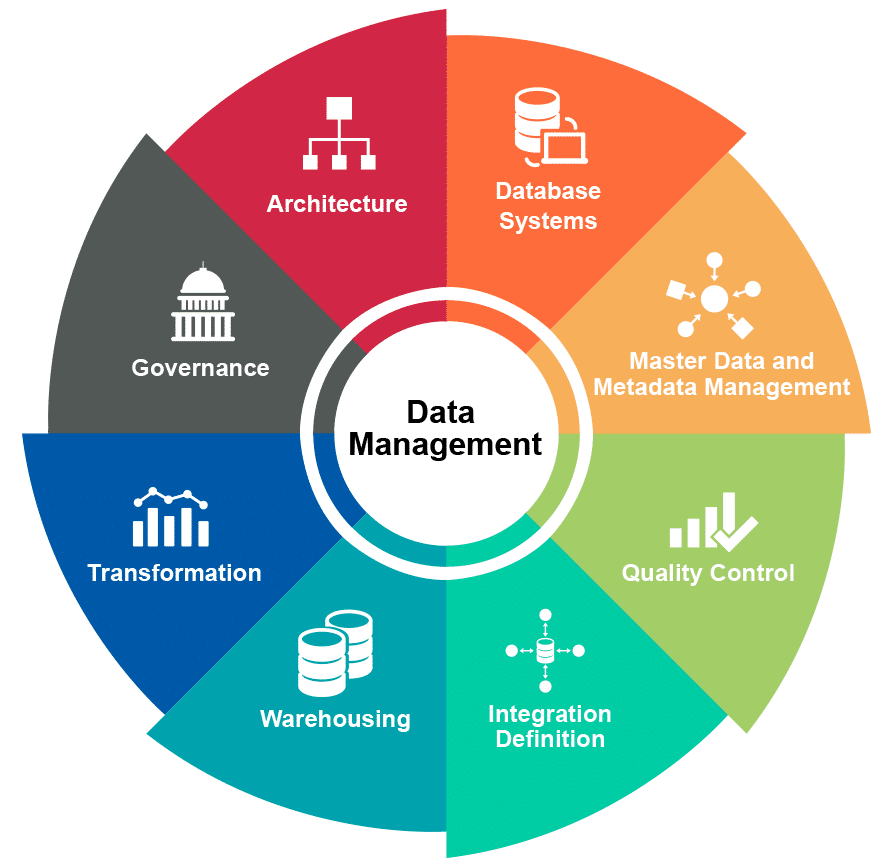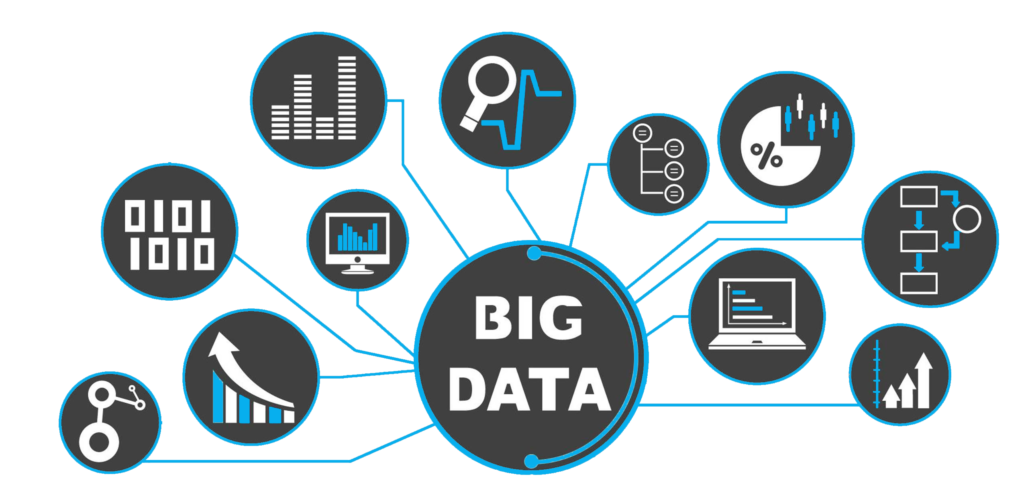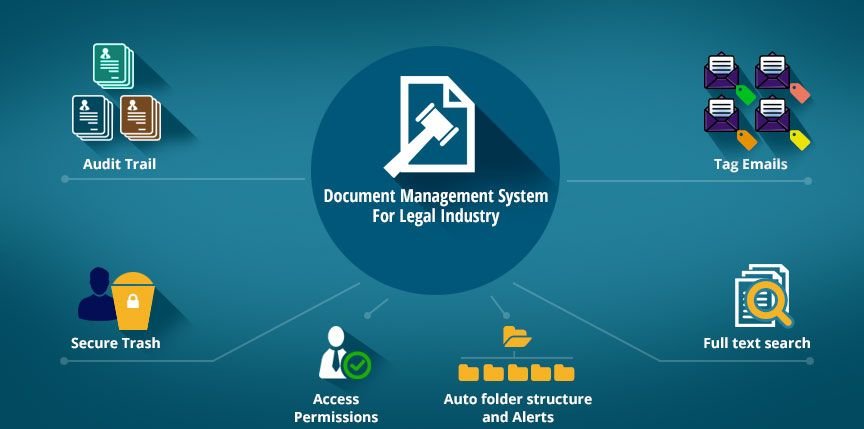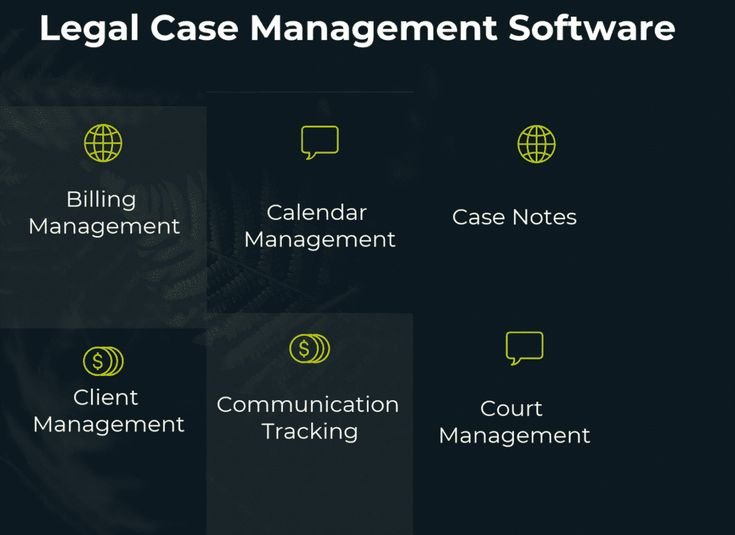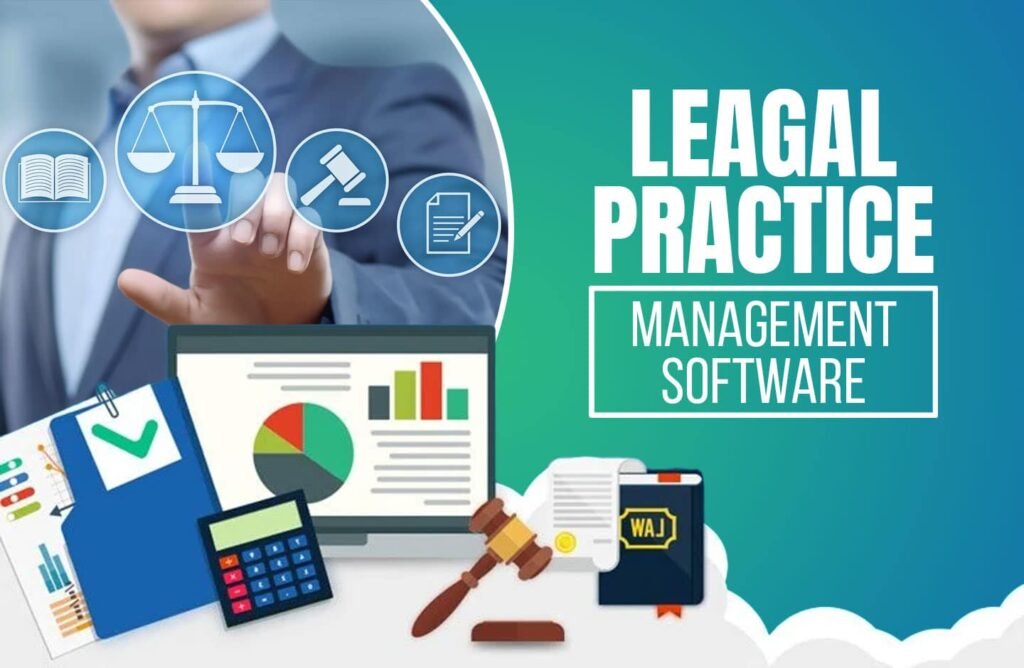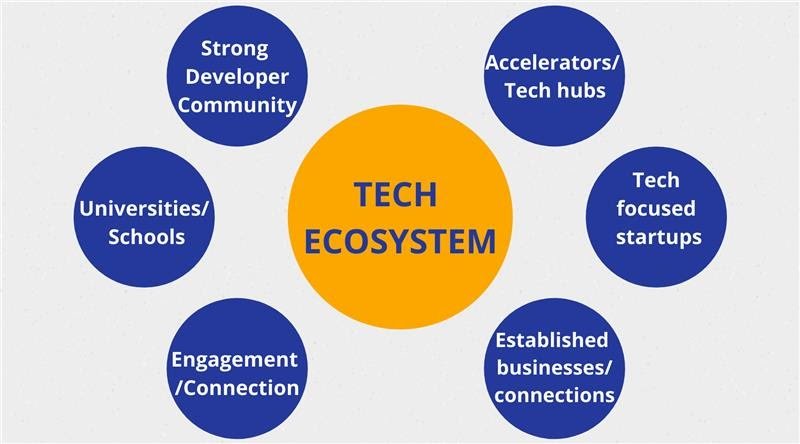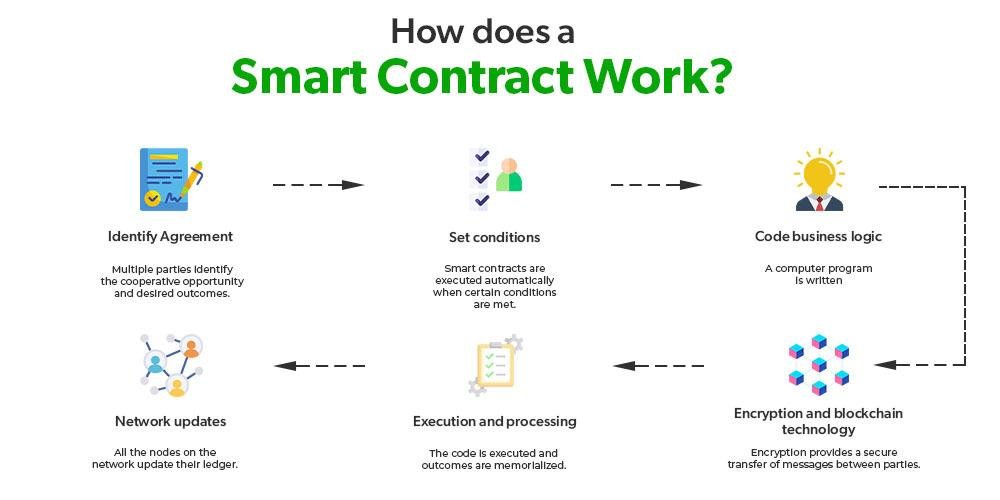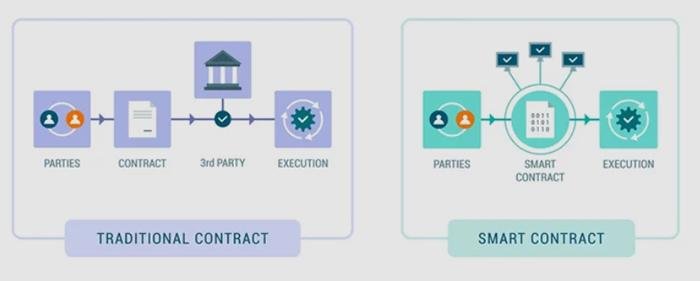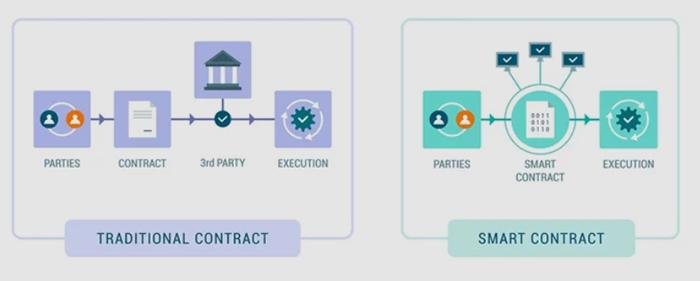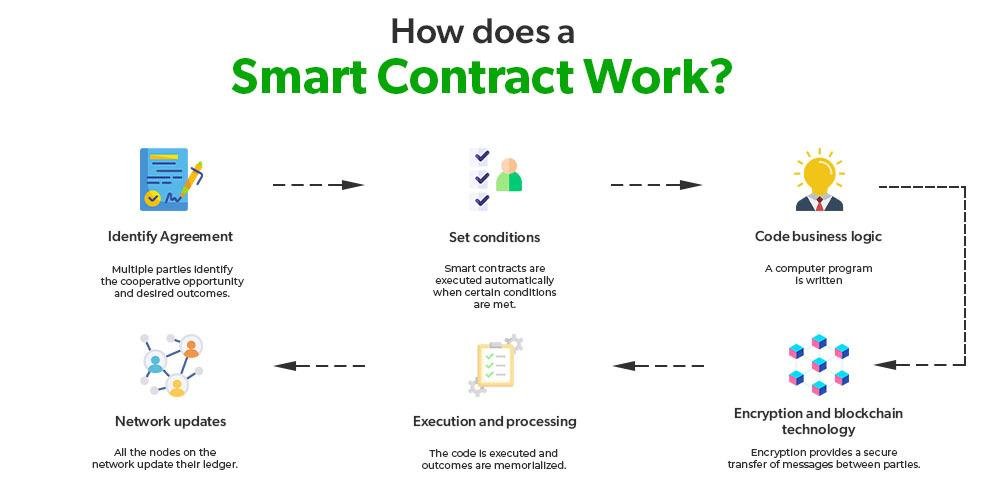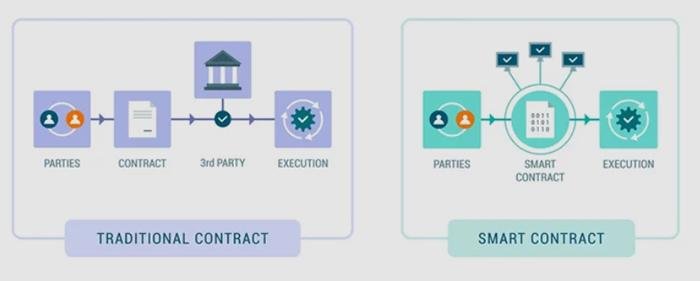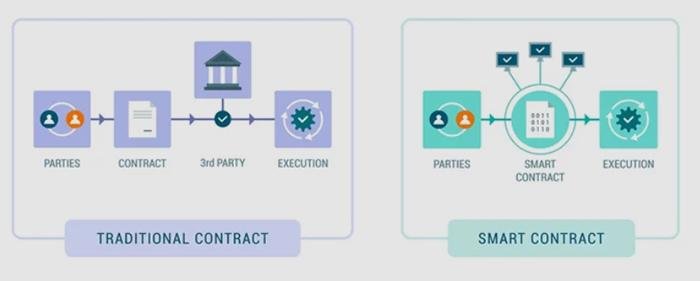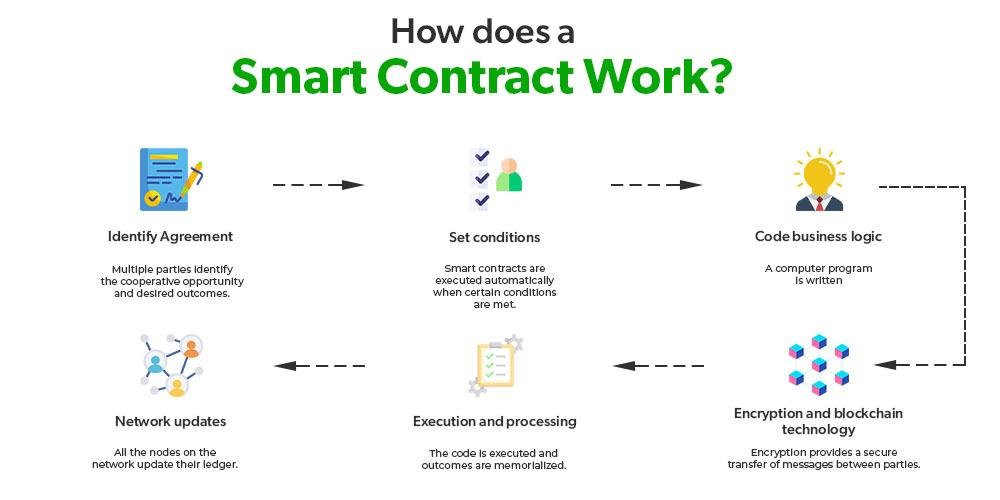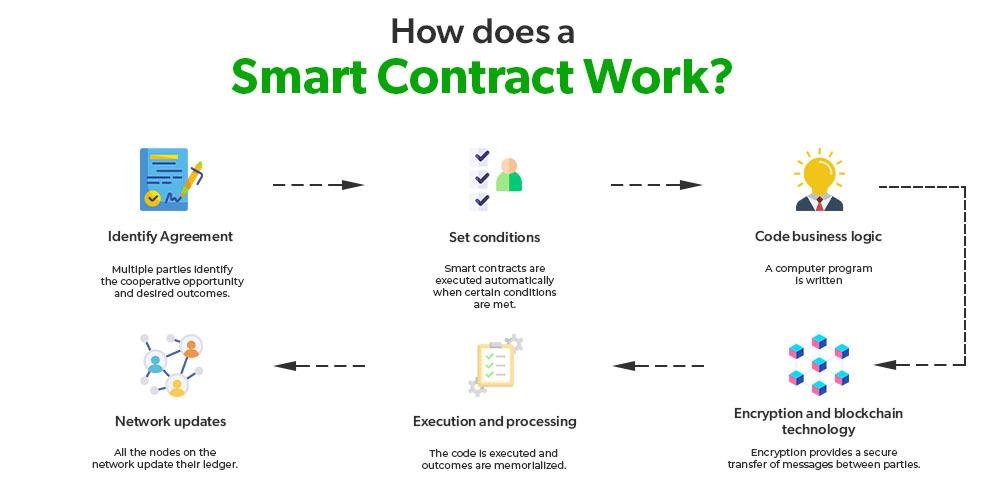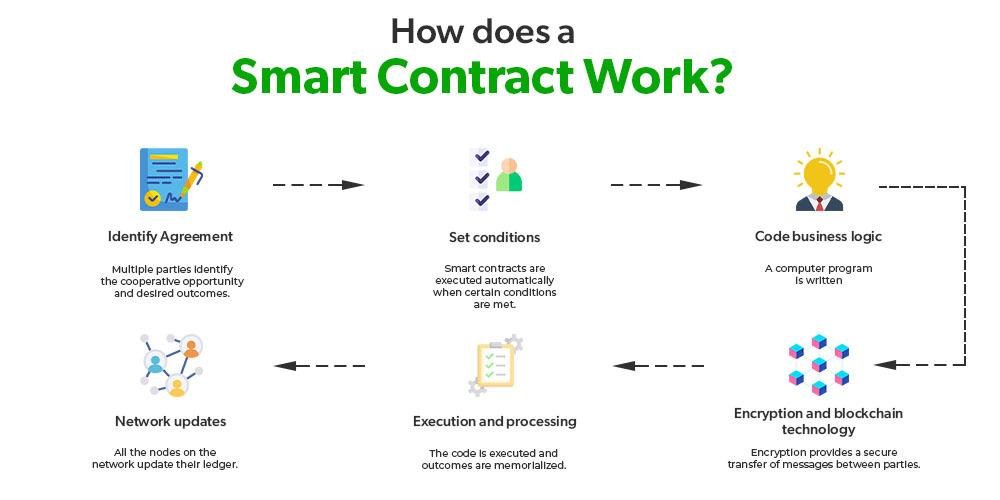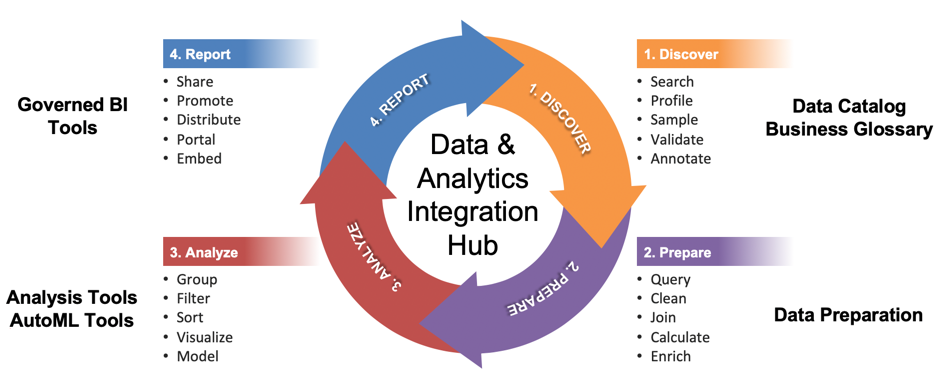The Benefits of Legal Technology for Law Firms: Increasing Efficiency and Enhancing Client Outreach

Introduction
Law firms have seen an influx of new technologies aimed at making their operations more efficient. From case management to document storage, technology helps firms organize cases, manage documents, and even automate tasks that were once time-consuming. However, despite the availability of these tools, many law firms aren’t fully using them. This can be due to lawyers feeling unfamiliar with the technology or fearing it will replace their jobs.
The Benefits of Legal Technology
Legal technology offers numerous advantages that can help law firms run more smoothly, increase productivity, and provide better service to clients. Here are some key benefits:
- Automating Administrative Tasks: Legal technology can automate routine tasks like managing documents, tracking time, and billing. This saves time and reduces the chance of mistakes.
- Improved Client Outreach: Technologies such as Customer Relationship Management (CRM) systems help firms track client communications, manage relationships, and stay organized. Automated emails, client portals, and other communication tools make it easier for law firms to keep clients updated and involved in their cases.
Types of Legal Technology
Legal technology comes in many forms, tailored specifically for law firms:
- Document Automation: This technology allows law firms to create legal documents quickly by using pre-built templates and smart data entry. This speeds up document drafting and reduces errors.
- Automated Payment Systems: These systems help law firms with invoicing, payments, and reminders, improving cash flow and reducing the time spent on administrative tasks related to billing.
Automating Administrative Tasks
In the busy world of law firms, time is precious. One of the major advantages of using legal technology is the ability to automate administrative tasks, freeing up lawyers to focus on more important work. Here’s how automation can make a big difference:
- Document Management: Legal tech tools help organize and retrieve documents easily, saving lawyers time spent searching for files. With features like document automation, firms can create templates for common legal documents, reducing the need for repetitive work.
- Case Tracking: Legal software helps track the progress of cases, manage deadlines, and assign tasks to team members. This keeps everyone on the same page, improving workflow and reducing mistakes.
- Billing: Automated billing systems track time spent on cases and generate invoices without manual input. This reduces the administrative burden and ensures accurate, timely billing.
Quote:
“Automating administrative tasks with legal technology can free up valuable time for lawyers to focus on more important tasks, such as providing quality legal advice and representation to their clients.” – John Doe, Legal Tech Expert
💡 Key Takeaway: Automating tasks like document management, case tracking, and billing with legal technology saves time and helps lawyers focus on their core work.
Enhancing Client Outreach
To stay competitive, law firms need to engage effectively with their clients. Legal technology can make this easier and more efficient. Here’s how firms can improve client outreach:
- CRM Software (Customer Relationship Management): CRM tools help law firms manage client relationships by storing contact information, tracking communication history, and understanding client preferences. This helps firms provide a more personalized experience for each client.
- Email Marketing Automation: Email automation allows firms to send targeted, personalized email campaigns to clients. By using CRM data, law firms can segment clients and send relevant content, which increases engagement and saves time.
- Social Media Engagement: Law firms can use social media scheduling tools to regularly connect with clients and build their brand. Analytics tools track how well these efforts are working, helping firms improve their outreach strategies.
- Client Portals and Online Collaboration: Client portals allow clients to access case updates, share documents, and communicate directly with the firm. These platforms are secure, convenient, and foster better relationships by offering transparency and easy communication.
💡 Key Takeaway: Legal technology, such as CRM systems, email automation, social media tools, and client portals, makes it easier for firms to stay in touch with clients. These tools save time and help create a more personalized, engaging experience for clients.
You May Also Like: The Future of Compliance Management with Legal Technology
Types of Legal Technology
In today’s digital age, law firms are increasingly turning to technology to streamline their operations and maximize efficiency. Let’s explore some of the key types of legal technology that can revolutionize the way law firms operate.
- Document Automation: Creating legal documents can be a time-consuming and repetitive task. Document automation software alleviates this burden by automatically generating legal documents based on predefined templates. This not only saves time but also reduces the risk of errors and inconsistencies.
- Automated Payment Systems: Managing invoices and payments can be a hassle for law firms. Automated payment systems simplify this process by enabling clients to make payments online, generating invoices automatically, and providing reminders for outstanding payments. This not only improves cash flow but also enhances client satisfaction.
- “Document automation and automated payment systems are invaluable tools for law firms striving to improve efficiency and productivity,” says John Doe, a legal tech expert.
- Case Management Software: Keeping track of multiple cases and deadlines can be challenging. Case management software helps law firms efficiently manage their caseload by providing features such as client communication tracking, matter organization, and deadline reminders. This allows lawyers to focus on providing quality legal services without the worry of missing crucial deadlines.
- Legal Research Tools: Conducting comprehensive legal research is a fundamental aspect of a lawyer’s work. Legal research tools provide quick and accurate access to vast databases of legal information, enabling lawyers to find relevant case laws, statutes, and legal opinions efficiently. These tools save considerable time and ensure that lawyers have the most up-to-date information at their fingertips.
💡 key Takeaway: Adopting legal technology can transform law firms by automating administrative tasks, improving client outreach, and enhancing overall efficiency.
Document Automation
Document automation is a game-changer for law firms looking to streamline their processes and improve efficiency. With this technology, lawyers can create templates for legal documents such as contracts, agreements, and pleadings. These templates can then be populated with client-specific information, saving valuable time and reducing the risk of errors.
Benefits of Document Automation:
- Time-saving: By automating the creation of legal documents, lawyers can significantly reduce the time spent on repetitive tasks. Templates can be easily customized with specific client information, allowing for rapid document generation.
- Consistency and accuracy: With document automation, law firms can ensure consistency and accuracy across all their legal documents. Templates are designed with predefined fields, preventing errors and inconsistencies that can occur with manual document creation.
- Increased productivity: By eliminating the need to manually draft documents from scratch, lawyers can focus on higher-value tasks that require their expertise. This increased productivity can lead to better client service and more efficient use of resources.
- Compliance and risk management: Document automation software often includes built-in compliance checks, ensuring that legal documents adhere to relevant regulations and guidelines. This reduces the risk of non-compliance and potential legal disputes.
Integration with Existing Software:
Many law firms already use software for case management, time tracking, or billing. The great news is that document automation can easily work alongside these existing systems. By integrating document automation with current software, law firms can create a smoother and more efficient workflow.
Here’s how it works:
- Seamless Data Flow: Integration means that data from one system (like client details or case information) can flow directly into the document automation tool. This removes the need for manual data entry and ensures everything is up-to-date.
- Reduced Errors: Since data is transferred automatically between systems, there’s less room for mistakes. This reduces the chances of errors caused by typing or copying data manually.
- Faster Processes: With automation, documents are created faster, and the entire process—from case management to billing—runs more smoothly.
Key Takeaway:
Document automation can save time, improve accuracy, and boost productivity in law firms. By integrating it with existing software systems, firms can streamline their operations even further, eliminating manual work and improving workflow. Adopting this technology allows lawyers to focus on the more important aspects of their work while offering clients better service.
Automated Payment Systems
In today’s fast-paced legal landscape, law firms are constantly looking for ways to streamline their operations and maximize efficiency. One key aspect of this is automating payment systems. By implementing automated payment solutions, law firms can greatly reduce the time and effort spent on financial transactions and billing processes.
Benefits of Automated Payment Systems:
- Time-saving: With automated payment systems in place, law firms no longer have to spend countless hours manually processing payments. This frees up valuable time for attorneys and staff to focus on more important tasks, such as client communication and case management.
- Accuracy and reliability: Automated payment systems eliminate the risk of human error that often accompanies manual payment processing. By automating the payment process, law firms can ensure that invoices are generated accurately and payments are processed promptly, reducing the chances of billing disputes or missed payments.
- Improved cash flow: By automating payment collection and processing, law firms can ensure a steady and timely inflow of funds. This helps improve cash flow management, allowing firms to meet operating expenses, invest in growth opportunities, and maintain financial stability.
Types of Automated Payment Systems:
- Electronic billing software: This software allows law firms to generate invoices electronically and send them to clients via email or online portals. It streamlines the billing process by automating invoice creation, tracking, and delivery, resulting in faster payments and improved client satisfaction.
- Online payment platforms: Secure online payment platforms enable law firms to accept client payments electronically, such as credit card payments or electronic fund transfers. Integrating these platforms with existing billing systems automates payment collection, reconciliation, and reporting, making the overall process more efficient.
Making the Transition to Automated Payment Systems:
- Adoption and training: To successfully implement automated payment systems, law firms should ensure that all staff members are trained on how to use the new technology effectively. This includes understanding the features of the software, navigating the user interface, and troubleshooting common issues.
- Integration with existing software: For a seamless transition, law firms should consider integrating the automated payment system with their existing practice management software or accounting systems. This integration ensures that financial data is synchronized and reduces the need for manual data entry.
- The Future of Automated Payment Systems in the Legal Industry: As technology continues to advance, the future of automated payment systems in the legal industry looks promising. Artificial intelligence (AI) and machine learning algorithms can provide predictive insights, enabling law firms to forecast cash flow, identify payment trends
Making the Transition to Legal Technology
Embracing legal technology can significantly enhance the efficiency and productivity of law firms. To successfully transition to using legal tech, there are a few key steps to consider:
- Adopting Tech to Your Firm:
- – Begin by assessing your firm’s specific needs and goals. Identify areas where technology can streamline processes and improve productivity.
- – Research and evaluate different legal tech solutions available in the market. Consider factors such as ease of use, compatibility with existing systems, and integration capabilities.
- – Choose a technology solution that aligns with your firm’s workflow and provides the functionalities required to address your specific needs.
- Integrating Existing Software:
- – Determine how the new legal tech solution will integrate with your firm’s existing software and systems. Seamless integration is crucial for minimizing disruption and maximizing efficiency.
- – Work closely with the technology provider to ensure a smooth integration process. Seek their guidance and support in configuring the systems to fit your firm’s requirements.
“It’s important to carefully plan and strategize the implementation of legal technology within your firm. This will help ensure a successful transition and maximize the benefits it can bring.” – LegalTech Expert
💡 key Takeaway: Successfully transitioning to legal technology involves adopting technology that aligns with your firm’s needs and goals, as well as integrating it seamlessly with existing systems. Planning and strategizing are key to a successful implementation.
Adopting Tech to Your Firm
Embracing technology in a law firm can significantly improve efficiency and productivity. However, introducing new technology to your firm requires careful consideration and planning. Here are some key steps to successfully adopt tech in your law firm:
- Assess Your Firm’s Needs: Before implementing any technology, take the time to identify the specific needs and pain points of your firm. Consider areas where technology can streamline processes and improve workflow. This could include automating tasks, enhancing communication, or increasing data security.
- Research and Choose the Right Technology: Once you have identified your firm’s needs, conduct thorough research to find the most suitable legal tech solutions. Look for tools that align with your firm’s goals, budget, and area of specialization. Consider software that offers advanced features such as document automation, case management systems, or time-tracking tools.
- Plan for Implementation: Implementing new technology requires a well-defined plan. Create a timeline for implementation and determine how you will introduce the technology to your staff. Provide adequate training and support to ensure a smooth transition. Effective communication is key throughout this process to address any concerns and ensure buy-in from all team members.
- Measure and Monitor Success: As you implement new technology, closely monitor its impact on your firm’s efficiency and productivity. Measure key performance indicators, such as time saved on administrative tasks, improved client satisfaction, or reduced errors. Regularly review these metrics to track progress and identify areas for further improvements.
- Stay Up-to-Date: Technology is constantly evolving, and it’s crucial to stay informed about the latest innovations in the legal industry. Attend conferences, participate in webinars, and engage with tech-related communities to stay abreast of emerging trends. This will help you identify additional opportunities for leveraging technology in your firm.
As authoritativeness and trustworthiness are vital for E-A-T, adopting technology in your law firm demonstrates your commitment to staying at the forefront of your industry. By embracing legal tech that enhances efficiency and client satisfaction, you position your firm as a reliable and innovative solution for your clients’ legal needs.
💡 key Takeaway: Adopting technology in a law firm requires careful planning, proper implementation, and ongoing monitoring to maximize efficiency and productivity. Stay updated with the latest trends and be proactive in leveraging technology to gain a competitive edge.
Integrating Existing Software
In today’s technology-driven era, law firms are increasingly recognizing the importance of integrating existing software to streamline their operations and enhance overall efficiency. By seamlessly connecting different software applications, law firms can eliminate duplication of tasks and improve collaboration among team members. Here are some key considerations when it comes to integrating existing software:
- Assessing Compatibility: Before integrating software systems, it is essential to assess compatibility and ensure seamless data transfer and functionality between different platforms. This involves evaluating the technical specifications, data formats, and APIs (Application Programming Interfaces) of the software to be integrated.
- Identifying Key Integration Points: Determine the specific areas where integration can yield the most significant benefits. This could include synchronizing client data between a customer relationship management (CRM) system and practice management software or automating the transfer of financial information between accounting software and billing systems.
- Customization and Configuration: Each law firm has its unique software requirements. Therefore, it is crucial to customize and configure the integration process to match the firm’s specific workflows and data processes. This may involve mapping fields and defining rules to ensure data consistency and accuracy.
- Consider Cloud-based Solutions: Cloud-based integration platforms can simplify the process of connecting and synchronizing data between multiple software systems. These platforms offer pre-built connectors and workflows, reducing the complexity of integration and minimizing the need for extensive coding or programming.
- Focus on Security and Data Privacy: When integrating existing software, it is essential to prioritize security and data privacy. Evaluate the data security protocols, encryption standards, and access controls offered by the software providers to ensure compliance with industry regulations and safeguard confidential client information.
By carefully integrating existing software systems, law firms can harness the power of technology to enhance efficiency, streamline workflows, and leverage data for better decision-making.
💡 key Takeaway: Integrating existing software in law firms can significantly improve operational efficiency and collaboration among team members. Assess compatibility, identify key integration points, customize the integration process, consider cloud-based solutions, and prioritize security and data privacy to maximize the benefits of software integration.
The Future of Legal Technology
As the legal industry continues to evolve, the role of technology in law firms is becoming increasingly important. The future of legal technology holds great promise for improving efficiency and effectiveness in legal practices. Two key areas that are set to shape the future of legal technology are Artificial Intelligence (AI) and Robotics Process Automation (RPA).
- Artificial Intelligence (AI): AI has the potential to revolutionize the legal industry by streamlining processes, increasing accuracy, and offering valuable insights. With AI-powered tools, law firms can automate time-consuming tasks such as contract analysis, legal research, and due diligence. AI algorithms can analyze vast amounts of legal information from various sources, providing lawyers with quick and accurate answers to complex legal questions. This not only saves time but also enhances the quality of legal services.
- Robotics Process Automation (RPA): RPA involves the use of software robots or “bots” to automate repetitive tasks and workflows. In the legal context, RPA can automate document assembly, data entry, and other administrative processes. By implementing RPA solutions, law firms can significantly reduce human errors, minimize manual labor, and increase overall productivity. The use of RPA frees up valuable time for legal professionals to focus on more meaningful and strategic tasks.
The integration of AI and RPA in the legal industry is already underway, with several innovative solutions being developed and implemented. For example, AI-powered chatbots can provide instant responses to client inquiries, improving customer service and enhancing client outreach. Similarly, RPA can ensure efficient billing and payment processes by automating invoicing and payment tracking.
💡 key Takeaway: The future of legal technology lies in leveraging the power of AI and RPA to automate tasks, improve accuracy, and maximize efficiency in law firms. By adopting these technologies, law firms can enhance their competitive edge and provide better services to their clients.
Artificial Intelligence
Artificial Intelligence (AI) in the legal industry has revolutionized the way law firms operate, increasing efficiency and improving outcomes for clients. By leveraging AI-powered tools, law firms can streamline various processes and tasks, leading to significant time and cost savings. Here are some key ways in which AI is transforming the legal landscape:
- Case Analysis and Research: AI-powered algorithms can quickly analyze vast volumes of legal data, including statutes, case law, and legal opinions. By automating the research process, AI tools provide attorneys with relevant insights and precedents, helping them build stronger cases and make more informed decisions.
- Contract Analysis and Review: AI technology can effectively review and analyze contracts, extracting key information and identifying potential risks or discrepancies. This not only saves valuable attorney time but also ensures accuracy and consistency in contract interpretation.
- Legal Document Automation: AI-driven software can automate the creation and assembly of various legal documents, such as contracts, agreements, and briefs. By eliminating repetitive manual work, AI allows attorneys to focus on higher-value tasks, improving overall productivity.
- Predictive Analytics: AI algorithms can identify patterns and trends within legal data, enabling firms to make data-driven decisions and accurately predict case outcomes. This empowers attorneys to strategize effectively, optimize resource allocation, and provide more accurate advice to clients.
💡 key Takeaway: Artificial Intelligence (AI) is transforming the legal industry by automating various tasks, streamlining processes, and enabling data-driven decision-making, ultimately maximizing efficiency in law firms.
Robotics Process Automation
Robotics Process Automation (RPA) is a cutting-edge technology that holds immense potential for law firms seeking to maximize efficiency. By leveraging RPA, legal professionals can automate repetitive and time-consuming tasks, allowing them to focus on more critical and strategic matters.
One of the key benefits of RPA in law firms is the ability to streamline document review and management. With RPA, law firms can automate the extraction of key information from legal documents, saving valuable time and reducing the risk of human error. This technology can also help in automating legal research, allowing lawyers to access relevant information and precedents with just a few clicks.
Furthermore, RPA can play a significant role in improving compliance processes within law firms. By automating compliance checks, RPA reduces the chance of oversight and helps ensure that all legal requirements are met. This not only saves time but also minimizes the risk of non-compliance, which can have severe consequences for law firms.
Another area where RPA can make a significant impact is in streamlining the billing and invoicing process. By automating payment systems, law firms can ensure accurate and timely billing, leading to improved cash flow and reduced administrative burden.
💡 key Takeaway: Robotics Process Automation (RPA) offers law firms the opportunity to automate repetitive tasks, streamline document management, improve compliance processes, and optimize billing and invoicing.
Conclusion
Conclusion Technology can help law firms streamline their operations and make better use of their time. By using technology to automate tasks and improve communication, law firms can save time and improve their overall efficiency. Some of the benefits of using technology in the law firm include: Reduced Costs: Law firms can save money by using technology to automate tasks and improve communication. Improved Efficiency: By using technology to automate tasks and improve communication, law firms can save time and improve their overall efficiency. Improved Communication: With improved communication, law firms can improve the flow of information between employees and clients. Improved Customer Service: By providing efficient customer service, law firms can improve the quality of their interactions with clients. Law firms can make use of a variety of technologies to improve their efficiency and communication. By using the right technology, law firms can reduce costs, improve their efficiency, and provide better customer service.
























































































































































































































































